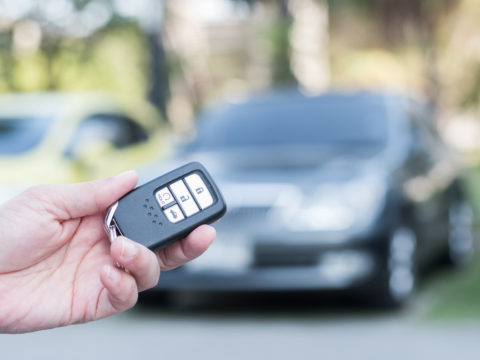When it comes to classic cars, style and nostalgia often take the spotlight. However, not all these iconic vehicles are known for their dependability. In fact, some of the most beloved classics have a reputation for being notoriously unreliable. If you’re considering adding one to your collection, it’s important to know which models might give you more trouble than you expect. Here’s a look at 25 classic cars with reliability issues you should know about.
Contents
Jaguar E-Type

The Jaguar E-Type is widely regarded as one of the most beautiful cars ever made, thanks to its sleek, aerodynamic design and powerful 3.8L inline-six engine. However, this British classic is infamous for its poor build quality, especially with its electrical components. Lucas electrical systems, known for their unreliability, were used, leading to frequent failures. Rust was also a common issue, particularly in the subframe, making maintenance a nightmare for many owners.
Triumph Stag

The Triumph Stag, with its distinctive design and V8 engine, was intended to be a luxury sports car but quickly gained a reputation for unreliability. Its engine was prone to overheating due to poor cooling system design, often causing head gasket failures. Inconsistent build quality and electrical gremlins further tarnished its reputation, leaving many enthusiasts frustrated despite its good looks and comfortable ride.
DeLorean DMC-12

Famed for its appearance in Back to the Future, the DeLorean DMC-12 is an iconic car with a stainless steel body and gull-wing doors. However, it was plagued with mechanical issues, from its underpowered 2.8L V6 engine to frequent electrical malfunctions. The car’s build quality suffered due to rushed production and mismanagement, making it more of a collector’s piece than a practical vehicle.
Alfa Romeo Spider

The Alfa Romeo Spider’s elegant Italian styling and lively handling earned it a loyal following. However, like many Italian cars of its era, it was prone to rust, particularly in the body panels and undercarriage. Additionally, its electrical system was unreliable, leading to issues with lights, instruments, and engine electronics, making ownership a labor of love for enthusiasts.
MG MGB

The MG MGB was one of the best-selling British roadsters, offering an affordable entry into sports car ownership. Despite its popularity, the car had significant reliability concerns. Rust, especially in the sills and floorpans, was a common issue. Its electrical system, using Lucas components, was notoriously unreliable, and the engine often struggled with overheating and oil leaks, requiring regular attention.
Fiat X1/9
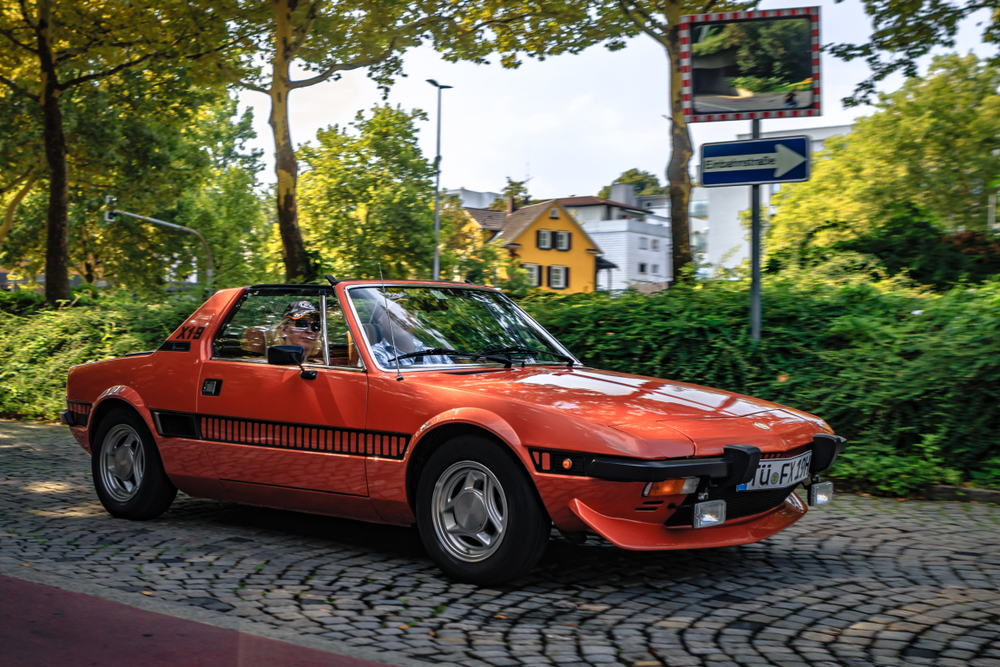
The Fiat X1/9 was a small, mid-engine sports car with innovative design features, such as a targa top and excellent handling. Unfortunately, it was infamous for rust problems, often appearing even in newer models. The car’s engine, a 1.3L or 1.5L four-cylinder, was also prone to mechanical failures, and the electrical system was another weak point, causing headaches for owners.
Lancia Beta

The Lancia Beta was a stylish and affordable Italian car that suffered from severe rust problems, which earned it a bad reputation. Engine reliability was also a concern, with many models experiencing head gasket issues and oil leaks. Despite its handling and design appeal, these problems led to widespread dissatisfaction, especially in wet and salty climates where rust took hold quickly.
Ferrari 348

The Ferrari 348 is one of the most beautiful models to emerge from Maranello, but it was notorious for its finicky nature. Engine and transmission issues were common, with problems like poor engine cooling, faulty gearboxes, and inconsistent build quality. Its maintenance costs were also notoriously high, making ownership an expensive and challenging experience.
Aston Martin Lagonda

The futuristic Aston Martin Lagonda was ahead of its time, with digital dashboards and sharp, angular styling. However, its complex electronics frequently malfunctioned, leading to reliability issues. Its 5.3L V8 engine was prone to overheating, and various mechanical faults made it a costly vehicle to maintain, overshadowing its luxurious appeal.
Porsche 914

The Porsche 914 was an affordable way to own a mid-engine Porsche, but many suffered from rust and engine reliability issues. The 1.7L or 2.0L flat-four engine could be temperamental, and poor build quality, particularly in early models, led to problems with leaks, electrical faults, and rust that compromised the structural integrity of the car.
Jensen Interceptor

The Jensen Interceptor was a luxurious grand tourer powered by Chrysler V8 engines, offering great performance for its time. However, its heavy weight and poor cooling system led to frequent overheating, especially during high-speed drives. Fuel inefficiency and electrical issues also plagued the Interceptor, making it a car that demanded constant attention and repairs.
Ford Pinto

The Ford Pinto is perhaps most infamous for its poorly designed fuel tank, which was prone to rupturing in rear-end collisions, causing fires. Aside from this safety flaw, the Pinto was also known for its general mechanical unreliability. Its small engine struggled with overheating, and build quality was subpar, making it a problematic car to own in the long term.
Maserati Biturbo
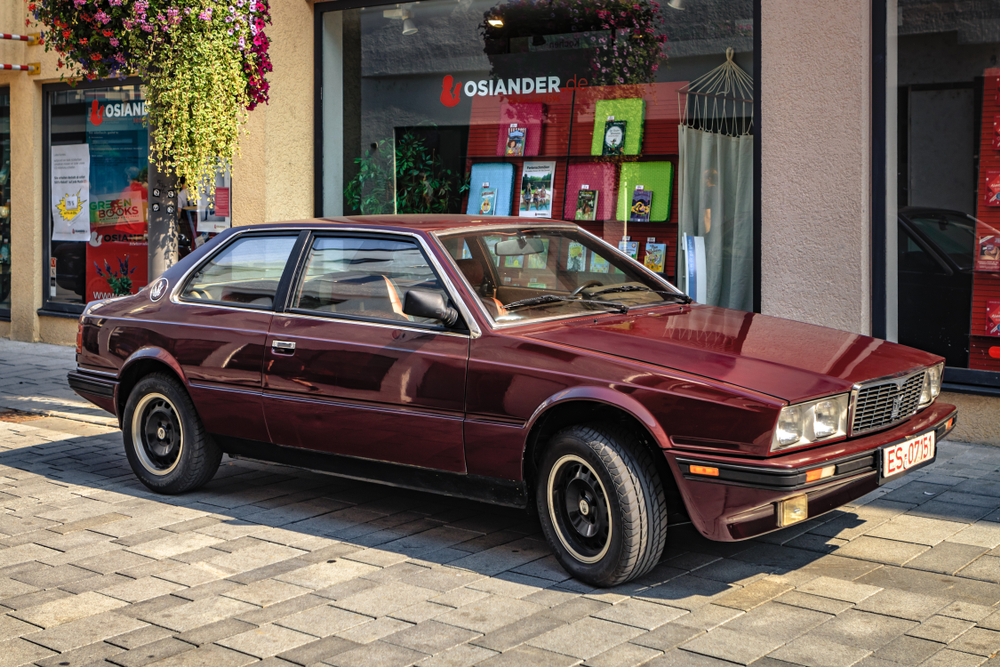
The Maserati Biturbo was an attempt to offer an affordable Maserati, but it came with significant issues. The twin-turbocharged V6 engine was prone to frequent turbo failures, and electrical issues were common. Build quality was inconsistent, and rust would often appear in unexpected places, making the Biturbo one of Maserati’s most unreliable models.
Lotus Esprit

The Lotus Esprit, with its sharp design and mid-engine layout, was an exotic car that promised speed and handling. However, it came with significant reliability issues, particularly in its electrical system and suspension. The Esprit also had a fragile build, requiring constant repairs and expensive maintenance to keep running properly.
Chevrolet Corvair

The Chevrolet Corvair became famous for its handling problems, which were highlighted in Ralph Nader’s book Unsafe at Any Speed. Its rear-engine layout and swing-axle suspension made it prone to oversteering, leading to dangerous handling characteristics. Beyond that, it suffered from mechanical reliability issues, including oil leaks and engine overheating.
Citroën SM
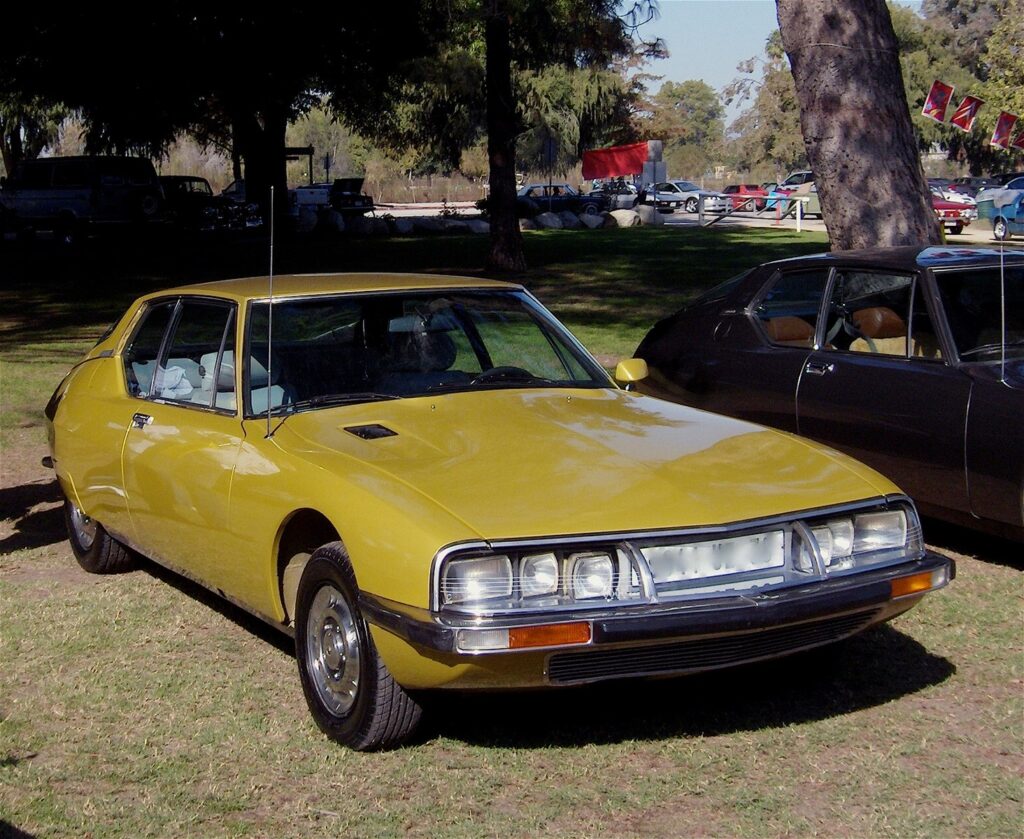
The Citroën SM was a technologically advanced car, combining futuristic design with a Maserati V6 engine. However, its complex hydraulic suspension system and intricate electrical components frequently malfunctioned, leading to expensive repairs. The engine also had a reputation for overheating, making it difficult to maintain in the long term.
Saab 900 Turbo

The Saab 900 Turbo was a quirky and unique car with its distinctive design and turbocharged engine. However, earlier models were plagued with electrical problems, such as faulty sensors and failing alternators. The engine, while fun to drive, also had reliability concerns, especially with turbo lag and overheating, making repairs frequent.
Ford Mustang II

Following the success of the original Mustang, the Mustang II was a disappointment in terms of reliability and performance. It was underpowered, with many models offering small, inefficient engines. Build quality was poor, with cheaply made interiors and body panels that rusted easily. Its reputation suffered, as it was seen as a step back for the Mustang brand.
BMW E9 (3.0CS)
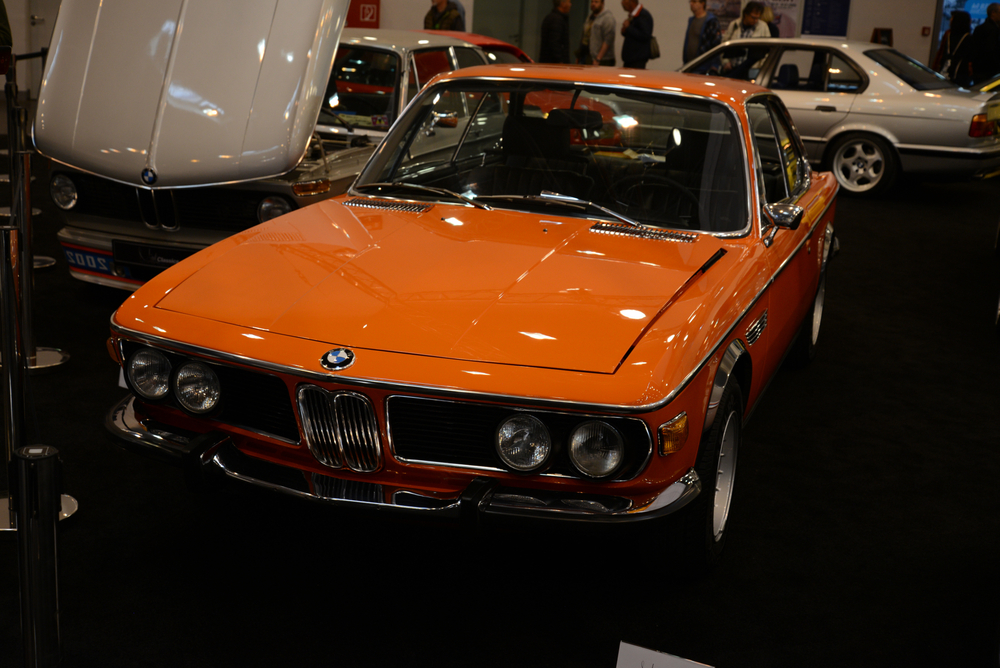
The BMW E9, especially the 3.0CS model, is a beautifully designed coupe that suffers from rust issues, particularly in the chassis and bodywork. The 3.0L inline-six engine, while powerful, also had its share of problems, including overheating and oil leaks. Maintaining an E9 can be expensive, as parts are rare and rust repair is a constant challenge.
Fiat 124 Spider

The Fiat 124 Spider is a stylish Italian roadster, but it’s notorious for rust and electrical issues, much like other Fiats of the era. Its engine, while lively, could be unreliable, with common problems like overheating and oil leaks. Electrical systems often failed, making the car difficult to keep running smoothly without frequent repairs.
Cadillac Allante

The Cadillac Allante was a luxury roadster designed with input from Pininfarina, but it suffered from numerous electrical and mechanical issues. Its complicated power roof often malfunctioned, and the electronics were prone to failure. While it had a smooth ride, the car’s build quality was inconsistent, leading to high maintenance costs.
Rolls-Royce Silver Shadow

The Rolls-Royce Silver Shadow was a symbol of luxury, but it also came with reliability concerns. Its complex hydraulic suspension system was prone to failure, and the car’s electrical system was known for frequent faults. Maintenance costs were incredibly high, and keeping a Silver Shadow in good working order often required constant attention.
MGB GT

The MGB GT, the hardtop version of the classic MGB, suffered from many of the same reliability issues. Rust was a major problem, especially in the sills and floor pans. The car’s electrical system, using Lucas components, was prone to failure, and engine reliability was also an issue, with frequent overheating and oil leaks requiring regular repairs.
Austin-Healey 3000

The Austin-Healey 3000 is a classic British sports car with beautiful styling, but it was plagued by reliability issues. The electrical system was often faulty, leading to problems with lighting and ignition. The engine, though powerful, was prone to overheating, and rust was a constant concern, especially in the frame and body panels.
Pontiac Fiero
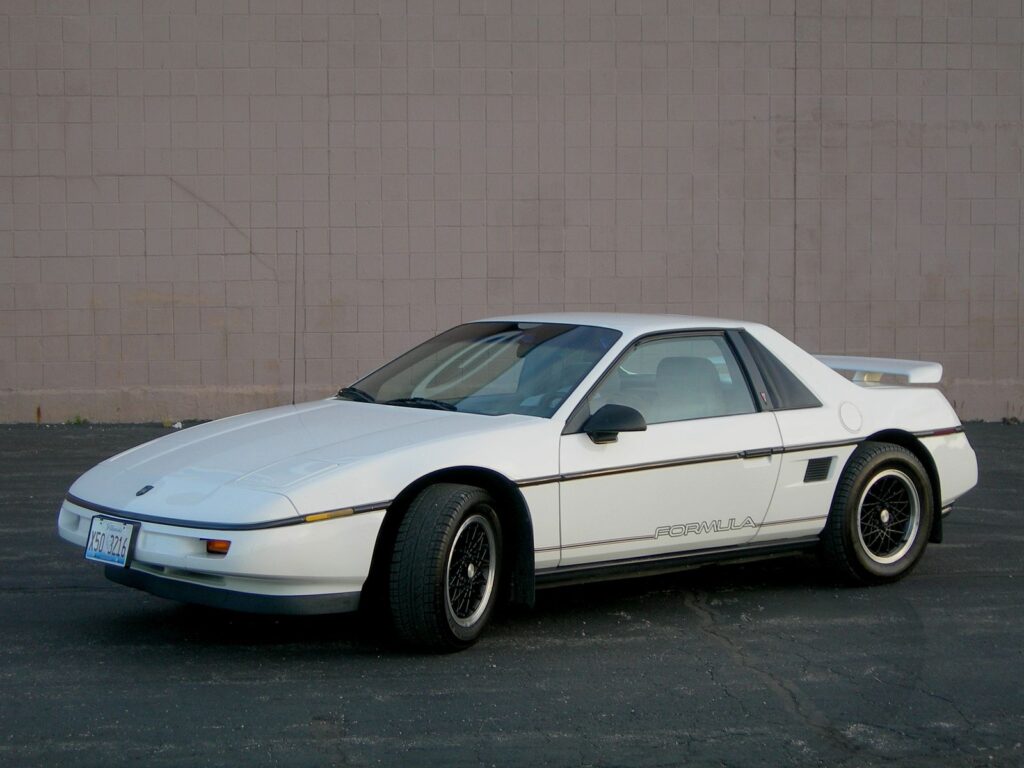
The Pontiac Fiero was an innovative mid-engine sports car, but it suffered from significant reliability problems. Early models were prone to engine fires due to oil leaks, and the car’s build quality was subpar, with frequent mechanical failures. While later versions improved, the Fiero’s reputation was already damaged, making it a car known more for its issues than its potential.
This article originally appeared in MyCarMakesNoise.
More from MyCarMakesNoise
20 French Cars That Captivated Drivers Around the World

France has a rich history of producing some of the most stylish and innovative cars in the automotive world. From elegant design to cutting-edge technology, French manufacturers have created vehicles that are highly coveted. Read More
20 Awesome Car Mods That Are Surprisingly Illegal

Car enthusiasts love to modify their vehicles, but some modifications, while appealing, are illegal. These upgrades can enhance performance and style but come with legal risks. Read More
Top 16 Mistakes in Managing Fleet Vehicles

Managing a fleet of vehicles can be challenging, and even small mistakes can lead to significant costs and inefficiencies. From neglecting routine maintenance to overlooking crucial data, there are several common pitfalls that fleet managers should avoid. Read More


